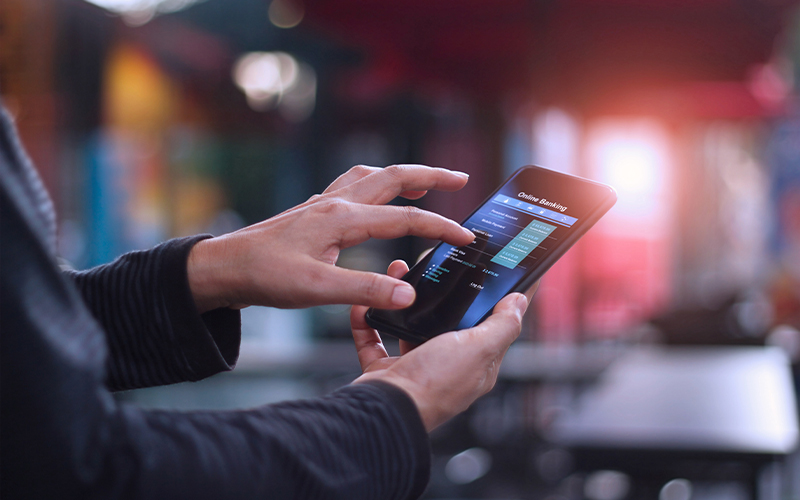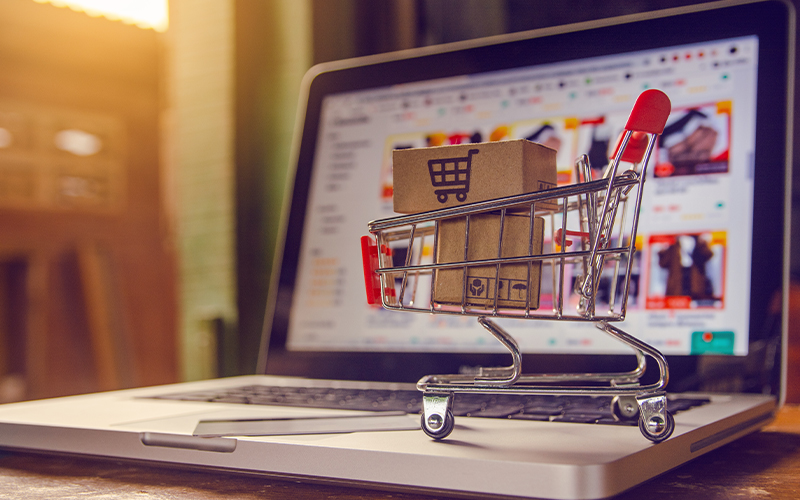Digital marketing is constantly evolving and for any organisation, staying ahead of the curve is a key to success. One area that has seen significant growth in recent years is influencer marketing. As consumers become more savvy and increasingly immune to traditional advertising methods, influencer marketing has become almost a necessity to connect with target audiences. Consequently, influencers have become a powerful tool for brands that are constantly looking for innovative marketing strategies. In fact, influencer marketing grew to an estimated USD 16.4 billion in 2022 and is expected to reach USD 21.1 billion by the end of 2023, a significant jump of 29 per cent. However, what truly sets apart successful influencer marketing campaigns is the utilisation of social media analytics.
Understanding influencer marketing
For the uninitiated, influencer marketing revolves around collaborating with individuals who have a substantial and active social media following. These influencers span the gamut, from celebrities and high-profile influencers to micro-influencers with specialised but engaged fan bases. The essence of influencer marketing lies in harnessing the credibility and genuineness of these influencers to endorse products, services, or brands. By crafting content that strikes a chord with their followers, influencers have the potential, when executed effectively, to boost brand recognition, and engagement, and, in some cases, lead to conversions.
A closer look at social media analytics
Currently, social media has an extensive repository of data. Every minute, millions of content pieces in the form of text, pictures and videos are posted and shared on popular platforms. By capturing responses to all this content, marketers build a real-time database of digital behaviour.
Social media analytics turn this mountain of data into valuable insights into user behaviour, trends, and engagement metrics. It measures and analyses marketing content and its performance, and provides data-driven guidelines that can boost the organisation’s marketing efforts. At its core, social media analytics answers the critical question – Is an organisation’s digital marketing strategy working?
Benefits of social media analytics on influencer marketing
- Audience insights One of the most significant advantages of using social media analytics is the ability to gain deep insights into an influencer's audience. By analysing the demographics, geolocation, affinities, interests, and behaviour of an influencer's followers, brands can ensure that they partner with influencers whose audience aligns with their target demographic. Social listening tools can quickly inform marketers and researchers about audience feedback and relevant trends.
- Content performance Social media analytics tools allow marketers to track the performance of influencer-generated content in real-time. Marketers can identify which posts resonate with the audience and drive engagement, and which ones may need adjustments. This data can also help influencers fine-tune their content strategy.
- ROI tracking Measuring return on investment (ROI) is crucial in influencer marketing. Social media analytics can help track the impact of influencer campaigns, from the initial engagement to the final conversion, and this information enables brands to allocate their resources more effectively. Campaigns can be tweaked at any point of a customer journey to ensure any downward trend is remedied on time.
- Competitive analysis By analysing influencer campaigns of competitors, organisations can gain a competitive edge. They can discover what works and what does not and adapt their marketing strategies accordingly. Such competitive analysis exercises should be implemented regularly so that organisations do not go off track or commit the same errors, if any.
- Real-time monitoring Social media analytics tools provide real-time monitoring of campaigns. This means marketing teams can respond quickly to trends, crises, or opportunities that arise during a campaign, and ensure that the brand remains agile and responsive.
- Fraud detection Influencer marketing can sometimes be plagued by fake followers and engagement. Social media analytics tools can help identify influencers with genuine and engaged audiences, and help reduce the risk of influencer fraud.
Maximising the potential of influencer marketing
To unleash the full potential of social media analytics for influencer marketing:
- Choose the right analytics tools Organisations must invest in robust social media analytics tools that offer comprehensive data and insights. Platforms like Google Analytics, Facebook Insights, and specialised influencer marketing tools can be very insightful.
- Set clear objectives Influencer marketing objectives must be defined from the start. Whether it's brand awareness, engagement, or conversions, knowing what needs to be achieved will guide the right analytics efforts.
- Collaborate with influencers Organisations must build strong relationships with their influencers and involve them in the analytics process. Successful influencers can provide valuable feedback on the data gathered and help to refine future strategies.
- Track influencer marketing Performance metrics of influencers must be tracked and analysed so that influencer marketing campaigns are a worthy investment. A few key metrics to check, include:
- The number of interactions, which help organisations estimate the effectiveness of the influencer in generating engagement, regardless of the total size of their following.
- The size of the audience, which is critical to estimate reach. A wide reach without the right audience is futile, while a wide reach across a small niche market can be an advantage.
- The number of posts is a clear indication of how active an influencer is. It is essential to know the brands the influencer has worked with in the past, both in an effort to ensure their authenticity and also to better understand the verticals the influencer works in.
- It is essential to ensure that the influencer has the right business licences. Influencer fraud is rising and it is up to organisations to protect themselves by carrying out the right checks at the right time.
- Be open to continuous learning The digital landscape is constantly changing. Organisations must stay updated with the latest trends in social media and influencer marketing analytics in order to adapt quickly and to continuously improve their strategies.
Use the right analytics tools
Influencer marketing does not fit into one mould. Every campaign and audience is different. Social media analytics tools used should be able to work with large volumes of data, rapidly and with integrity. With the right insights available at the right time, organisations can tailor their marketing approaches such that they resonate with their target audience and help drive marketing success.
* For organizations on the digital transformation journey, agility is key in responding to a rapidly changing technology and business landscape. Now more than ever, it is crucial to deliver and exceed on organizational expectations with a robust digital mindset backed by innovation. Enabling businesses to sense, learn, respond, and evolve like a living organism, will be imperative for business excellence going forward. A comprehensive, yet modular suite of services is doing exactly that. Equipping organizations with intuitive decision-making automatically at scale, actionable insights based on real-time solutions, anytime/anywhere experience, and in-depth data visibility across functions leading to hyper-productivity, Live Enterprise is building connected organizations that are innovating collaboratively for the future.







